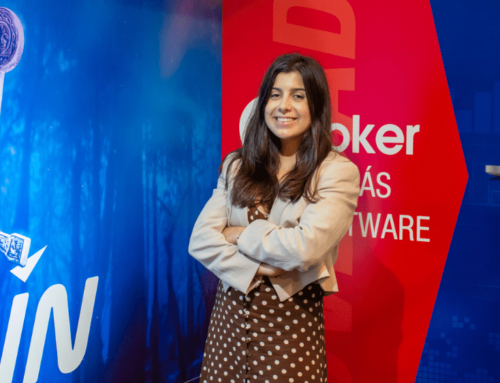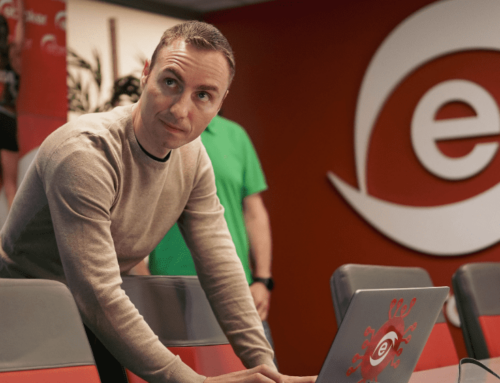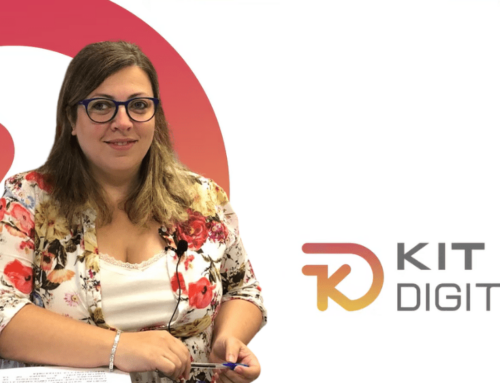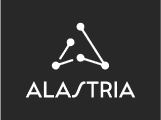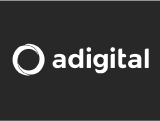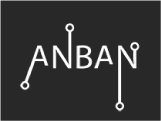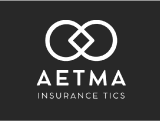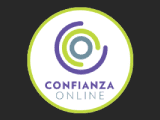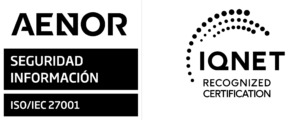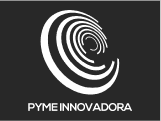
Higinio Iglesias
ebroker CEO
Interview published on the 21 June 2017 BDS
Then we will talk about where the brokers and ebroker go, but first, could you tell us where this interesting project comes from?
In the 90s, a group of insurance brokers undertook a collaborative business economy project and created ebroker. We decided to invest in our future because we thought then, and time has proved us right, that the role of technology would be decisive in the development of our profession and companies, and that in something so important we should be very involved, beyond what reasonable. We started up in 2000 and invited other brokers to join us in order to achieve sufficient size and resources to make ebroker sustainable as a business project for technological development in which innovation was our flag on the road.
Today we are close to reaching the 600 members in the ebroker community, in which brokers and brokerage companies of small, medium and large size, including some multinational, have contributed with their confidence to consolidate a technological project of brokers for brokers that today for today it is the only alternative to the traditional technology industry for insurance mediation.
Where is the insurance industry heading? What are runners facing? What are the main threats?
We are moving towards a sector in which the relationship with distribution will be multi-channel and the relationship with the consumer omnichannel. Brokers have to assume that many decisions and measures are going to be made on how insurers will manage the relationship with and between channels in an environment in which the customer / consumer will occupy the geometric center and we will all dispute it. In this context, regulation and supervision will have their role and influence, but make no mistake, here the last word will be for the consumer who will decide to be a customer and grant their loyalty, which will be less and less, to whoever produces a better consumer and service experience. The Internet of Things (IoT) as a lever for the collaborative economy will bring a new vision of both commercial and technical insurance. If your role in the industry is that of a distributor, qualified but distributor: there is no other way, you have to adapt to the new environment and circumstances, you have to evolve, reinvent yourself. That is what the concept of digital transformation is really about, using new technologies to move through this evolutionary process. Insurtech, Blockchain and other words of the new sectorial digital jargon have been used to speak and say more or less the same thing.
What do you think the future of mediation will be and what role will the insurance broker play?
I am totally convinced that in the new multichannel ecosystem, the broker will continue to be a relevant actor that will represent the most professional and qualified version of distribution, but for this it has to coexist and compete with other channels with a very aggressive vision and commercial intensity. Today the broker and his company are operationally blocked by the administrative burden of their business, administrative and commercial administrative burden. In this stressful situation of lockdown, the time and resources for the client's commercial and management activity, as well as the planning of processes and human resources to sell and retain loyalty, are hardly competitive compared to other channels. And when I talk about selling I mean marketing policies and strategies based on the necessary transition from the traditional to the digital economy.
"The broker will continue to represent the version of the most professional and qualified distribution"
According to what he describes, how can technology help the runner to face this reality?
In a practical sense reduce the administrative burdens to release commercial capabilities, gain time to design processes, time to think, that is the challenge in the digitization of the insurance broker. If we can not get this clear and practical technology, the digitalization will be pure pyrotechnics.
In the insurance brokerage the administrative burden is hidden in all corners, in all drawers. Upload the portfolio of the month, control increases, supplements, returns, settlements, commission scores, re-pricing, people taking care of configuring computers, making backup copies, managing connections between offices and with collaborators ... and so on every day, every weeks, every month.
Concretemos. How can an ERP like ebroker "enter a bag" in a brokerage and fight without mercy the administrative burden and free time and capabilities?
ebroker as a management system (ERP) is based on a open and modern technological architecture on which different functional modules are implemented that provide efficiency reducing the administrative burden.
We were pioneers in making the leap to the Web and in getting on Cloud . From 2011 ebroker is Web. 6 years of filming have consolidated it as a solid and reliable system. A browser is everything that the broker needs to connect offices, commercials, collaborators; and since 2013 is in the cloud (Cloud Computing) eliminating the barriers of hardware and all the tasks associated with its configuration, administration, maintenance, security ...
Typing the information only once was the challenge in 2005. Today ebroker has an environment of Connectivity with the main insurers fully integrated in the management that reduces the administrative burden through functionalities such as SIAREC, an automatic and bi-directional exchange of receipts that covers practically all movements between broker and insurer. SIAREC was our evolutionary contribution to SIAC, the first sectoral standardization initiative born in 2005.
Yes, it is possible to rate a vehicle in 2 clicks from the existing information in the customer's ebroker and its policy, process the replacement automatically at the same time the receipt is integrated, the documentation digitized in its site and the annotated accounting notes. This is for us multitarification that optimizes the resources of a brokerage.
We need to save time to dedicate to interacting with our clients. Integrated messaging with Twitter and the Mobile Channel "APP Mi Corredor”Through their video-call services, voice notes, push notifications, they allow us to open channels of communication with the client to establish loyalty links and increase our business share in their personal or business insurance. This must be a XNUMXst century brokerage priority. You have to be on the wave of the client and move in their preferred interaction environments such as social networks and mobile devices.
We are in the era of Business intelligence. It is time for decisions, decisions based on information and data. ebroker has more than 60 indicators (KPIs) and more than 300 business views that through dashboards in real time and analytical processes such as intelligent segmentation of customers presents the broker with an accurate reality of your company and add to your intuition as a businessman, the knowledge to say and develop business strategies.
In summary, ebroker, is an ERP based on a modern architecture in the cloud for the web, which frees up time and capacities in both the commercial and management areas to strengthen the relationship with the client in a context in which information and knowledge are critical in making decisions to evolve as a professional and as a company.
"Ebroker is based on a modern architecture in the cloud for the web, which frees up time and capacities"
Let's talk about the EIAC. What has he contributed and can he contribute to the runners?
We have always been committed to sectorial standardization for the exchange of information between brokers and insurers. At 2005 we already participate in SIAC, a project led by TIREA and from which our current SIAREC is derived. EIAC now represents the materialization and consolidation of a sector challenge of high strategic value. The EIAC standard provides efficiency and optimizes the implementation of connectivity processes between insurers and brokers. Connectivity brings efficiency to the corridor as it contributes decisively to the reduction of the administrative burden.
The broker benefits from EIAC because as a standard it favors the development of more and better connectivity functionalities.
What do you think is the next step that should be given in EIAC?
We consider relevant the design of new phases that address the concretion and refinement of aspects that represent advances on what has already been achieved in the current phases, even on the definition of the standard itself. We understand that it is preferable to consolidate rather than establish scope of a new nature.
Regarding what we refer to as automation, the sending of data structures from insurers must be compulsorily operated (establishing a transition) by Web Services and be subject to basic business rules regarding delivery / availability deadlines in certain areas (portfolio receipts, new production, etc.).
Regarding the definition of the standard itself, it is obvious that the current difficulties associated with what we have been treating as "data quality" and that make inefficient implementation of EIAC by technology companies, are given by the flexibility of the standard, product of the need to reconcile interests of different and multiple insurers.
We must not give up moving forward by limiting / limiting the flexibility of the standard since it is reasonable for it to evolve beyond the initially defined limits. And in this sense, with regard to the field of policy guarantees / coverage, we should take a new step by standardizing the auto branch as it is the one that is technically most feasible and the one that represents the greatest weight over the total in the car business. middle runner. Strategically advancing in this regard is essential if we wish to meet the expectations of the brokers of bringing EIAC to multitarification processes in the near future.
They frequently say that ebroker is an insurance broker's DNA. What does this mean?
ebroker is a unique project because in our business base are the insurance brokers and that conditions our reality one step beyond the pure mercantilist vision. We always say that ebroker is a runners project for runners. For example; recently and in collaboration with CECAS (Center of Studies of the General Council of the Insurance Mediators' Associations) we have presented the "Ebroker-CECAS Scholarship", an important support for the access to the technology of the runners in their process of digitalization.



